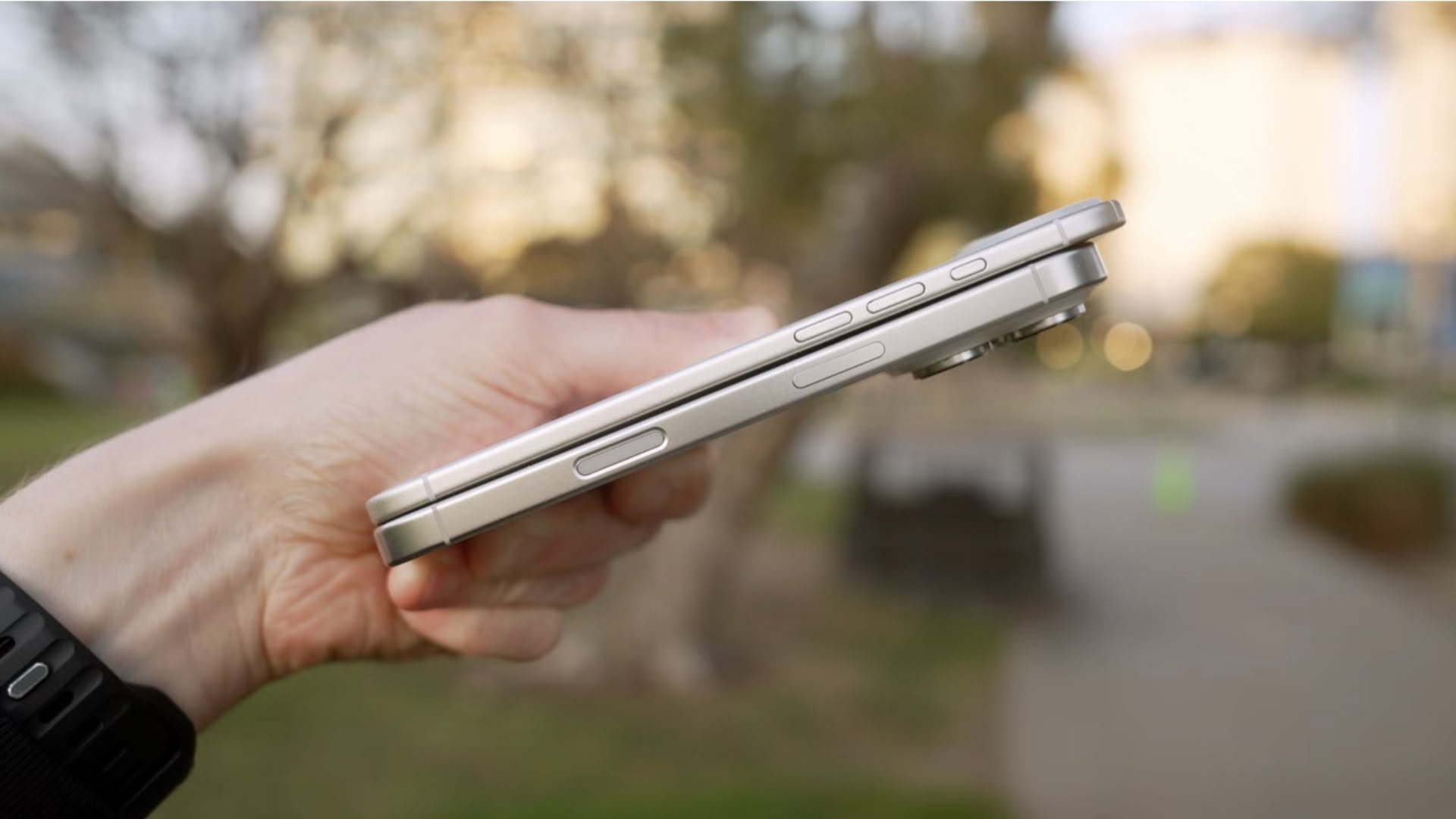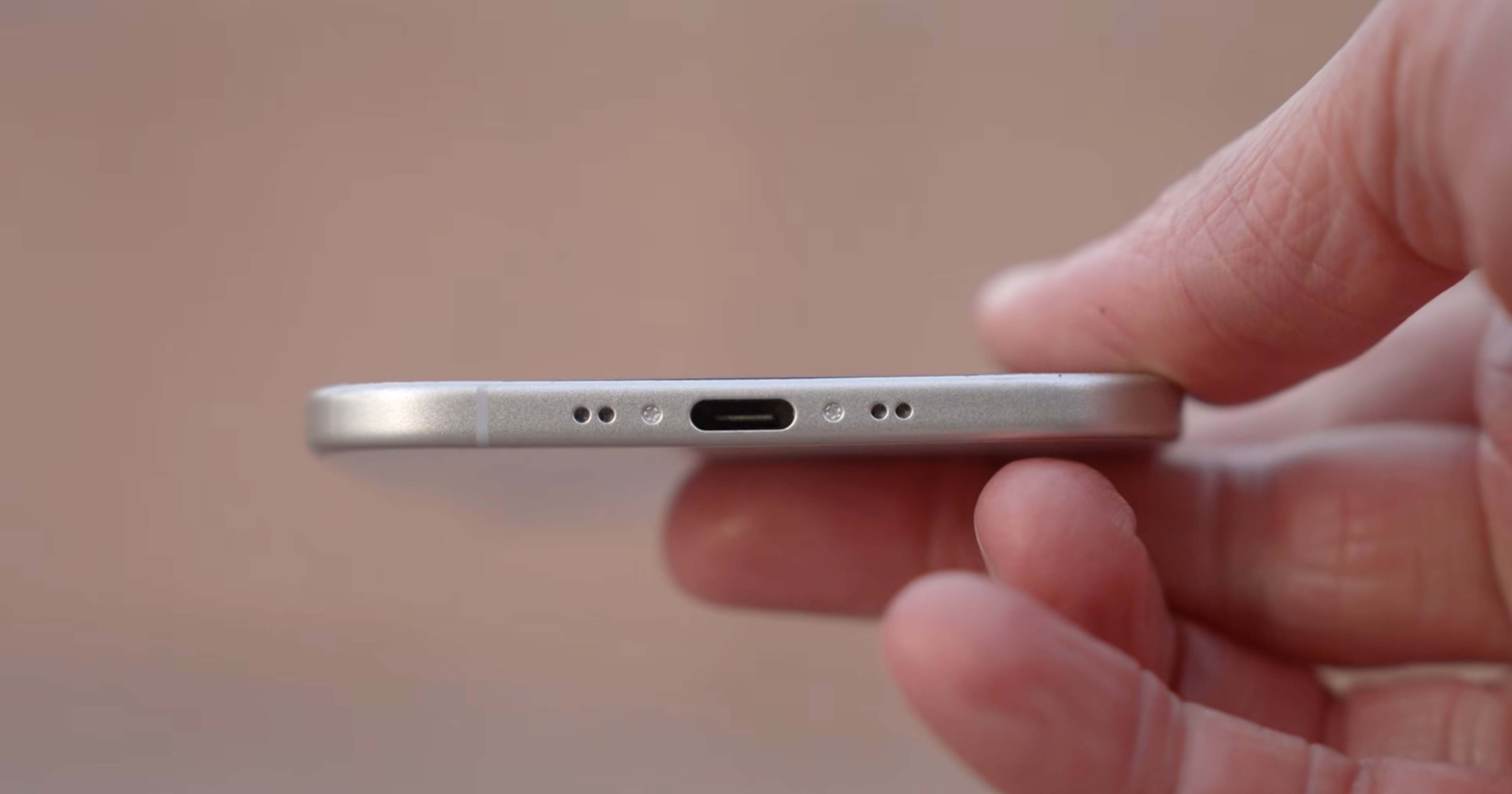Original Article
Apple is preparing to launch a dramatically thinner iPhone this September, and if recent leaks are anything to go by, the so-called iPhone 17 Air could boast of the most radical design shifts in recent years.
At just 5.5mm thick (excluding a slightly raised camera bump), the 6.6-inch iPhone 17 Air is expected to become the slimmest iPhone in the lineup by some margin. For comparison, the current iPhone 16 Pro measures 8.25mm thick.
Achieving this level of thinness is unlikely to come without compromise. Dummy models shared by AppleTrack suggest that Apple has made some subtle adjustments to accommodate internal components in the tighter chassis. Most notably, the USB-C port on the bottom edge is no longer centered front-to-back. Instead, it appears shifted closer to the rear of the device, which is likely to accommodate display components within the enclosure.
There are other signs of Apple's re-engineering efforts. The speaker grilles, for example, show a pared-back design, with only two holes on either side of the port compared to the typical five. That reduction reflects the same space-saving measures required to fit in a battery, processor, display components, and speakers within a much slimmer frame.

To save even more space, Apple is said to be equipping the iPhone 17 Air with a single rear camera. The company is also expected to remove the physical SIM card slot entirely, adopting eSIM-only support globally – a shift first seen in U.S. iPhones with the iPhone 14.
One of the most interesting internal changes is the inclusion of Apple's new custom-designed C1 modem, first introduced in the iPhone 16e. The ultra-efficient chip should play a big role in maintaining battery life in such a thin frame. Despite its size, sources suggest the iPhone 17 Air will offer battery performance on par with current iPhone models.
Apple is expected to announce the iPhone 17 series during its usual fall event, which may also see the debut of third-generation AirPods Pro.
This article, "iPhone 17 Air USB-C Port May Have This Unusual Design Quirk" first appeared on MacRumors.com
Discuss this article in our forums
Comments